A Treasure Worth Preserving – South Fork Property Conserved
Thanks to the vision of landowner, Al Davis, another stretch of the South Fork is forever protected. The Teton Regional Land Trust (TRLT) recently completed this conservation easement that builds on decades of conservation along the South Fork. The recently conserved property has been in Davis’ family since the turn of the last century and is located across the Heise bridge near Ririe, Idaho.
As part of the South Fork Conservation Partnership, Teton Regional Land Trust, The Nature Conservancy, the Conservation Fund, and the Bureau of Land Management, have worked together for almost 30 years to leverage private funding, easement donations, and the Land and Water Conservation Fund to protect much of the South Fork. The result of this effort is the permanent conservation of over 20,000 acres, keeping this remarkable river relatively undeveloped. This includes projects from the Palisades Dam to the confluence with the Henry’s Fork that help ensure that the largest intact cottonwood gallery in the lower 48 states. The South Fork hosts some of the most biodiverse habitat in Idaho, providing habitat for wildlife, shade and spawning grounds for trout, and a high-quality recreational experience for people from all over the world.
The Davis family has a long history along the South Fork. In the early 1900s. Al Davis’ grandparents built their home and established the first ferry across the South Fork, just downstream of Heise Hot Springs. For Al Davis, his family’s history on this special property inspired him to conserve it through the Land Trust. He explained that “The land has always been special to me. My mother was born on the property in 1923 and once I came along 23 years later, we always spent some time at my grandparents’ house on the land every summer. It was a real treat for a kid living in the suburbs of Utah and California to spend time in a rural and mostly wild environment. It was a wonderful place to be a kid and the charm of what I thought at the time was a wild place left an indelible mark and shaped some of what I would eventually become.”
For Davis, seeing the United States population more than doubled since his childhood, and seeing so many of his childhood places along the river and in the mountains being developed, inspired him to conserve this land in its natural state. Davis purchased the land in 1976 when the family decided to sell the property. He explains, “It had sentimental value and I certainly didn’t think of the purchase as a monetary investment. Now that all of my mother’s family are gone, the sentimental value has only grown. There was a time when I had an ill-formed idea that maybe I’d build a modest house there someday but as the years passed and so many wild places have been destroyed, I realized that I wanted to just leave the property as it was. Hence when I was contacted by the Teton Regional Land Trust, the decision to permanently conserve the land was an easy one. Knowing that the land is now preserved in perpetuity is a great feeling.”
This project conserves approximately one-third mile of South Fork River frontage lined with cottonwood trees to and a spring creek that flows down the steep hillside. In addition to the conservation along the banks of the South Fork, the property extends to the top of the mountain, sustaining important upland habitat. The property adjoins public land on all sides and is visible from the river, ensuring unobstructed scenic views of the mountainside and along the riverbanks. This area along the South Fork is very popular for recreation which includes boating, fishing, hiking, 4-wheeling, climbing, and hot-springing. Public access will be permitted along a strip of the property’s South Fork River frontage, south of the Heise Road.
Beyond the scenic values, the Idaho Department of Fish and Game (IDFG) specifically recognizes the property’s value for wintering mule deer and provided financial support for the project through their Mule Deer Initiative program. The south facing slopes dominated by juniper and sagebrush provide winter range for mule deer and white-tailed deer that summer throughout the Big Hole and Palisades Mountains. Winter aerial survey counts for mule deer have been very high in this area. A majority of the Heise Face is currently protected through federal ownership, but this property is one of the few private parcels within this winter range. IDFG states that “Protection of this property through a conservation easement will help ensure mule deer in this area will have secure winter range in the future.”
Other project funding was provided by a bequest from a Teton Regional Land Trust donor whose vision was to conserve the South Fork River Canyon corridor. TRLT has worked with partner organizations and willing landowners for the last twenty-nine years to protect over 34,000 acres through conservation easements and other voluntary conservation options.





